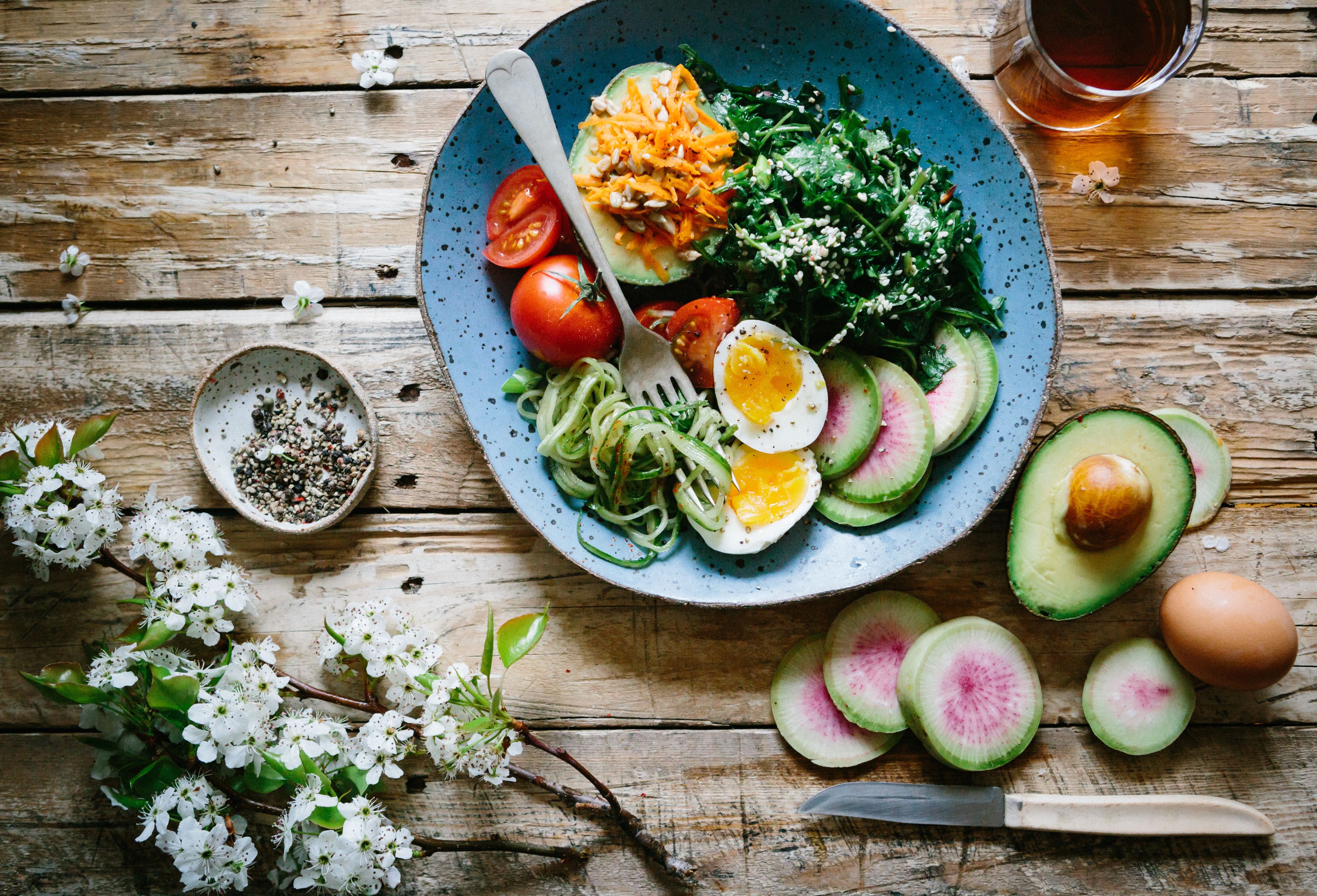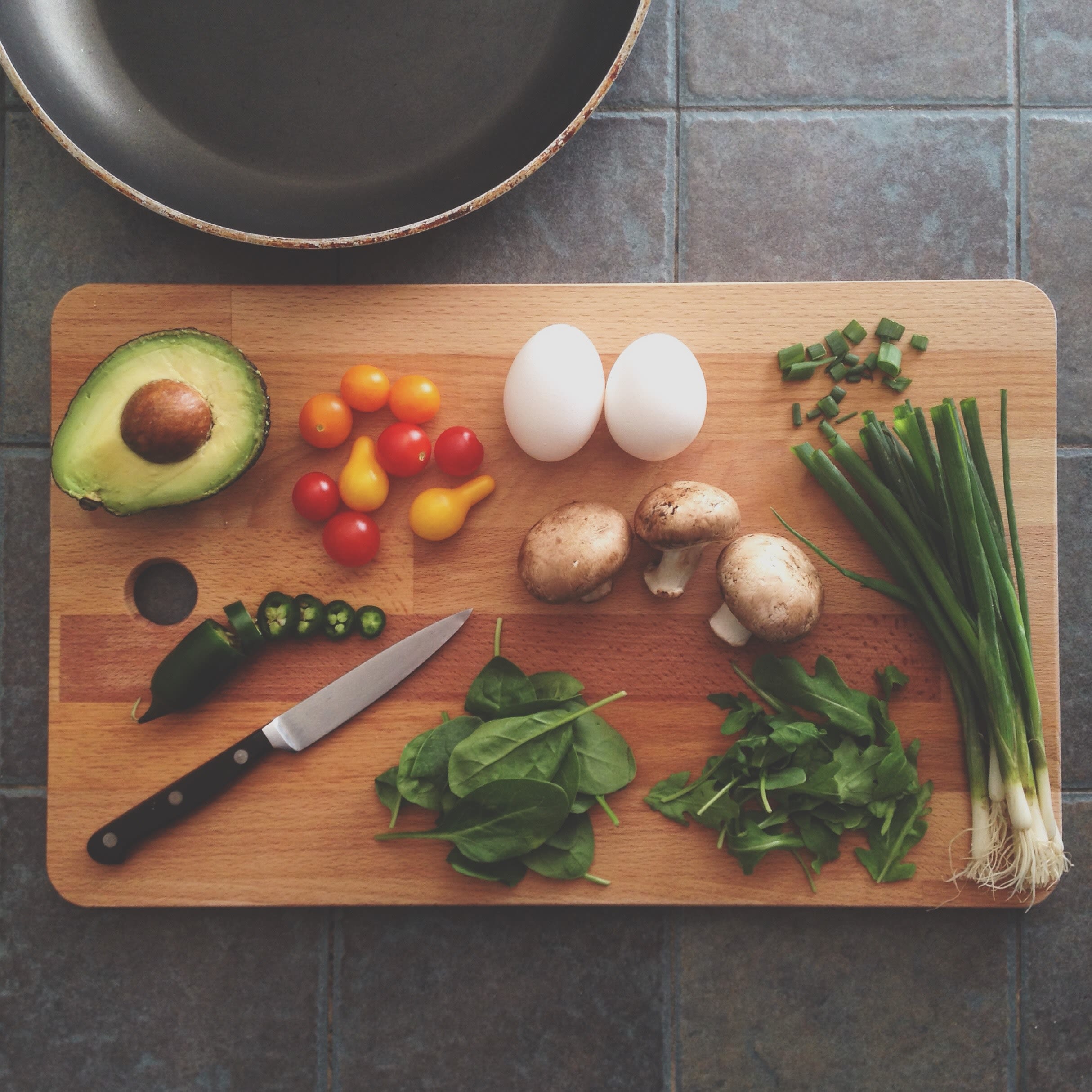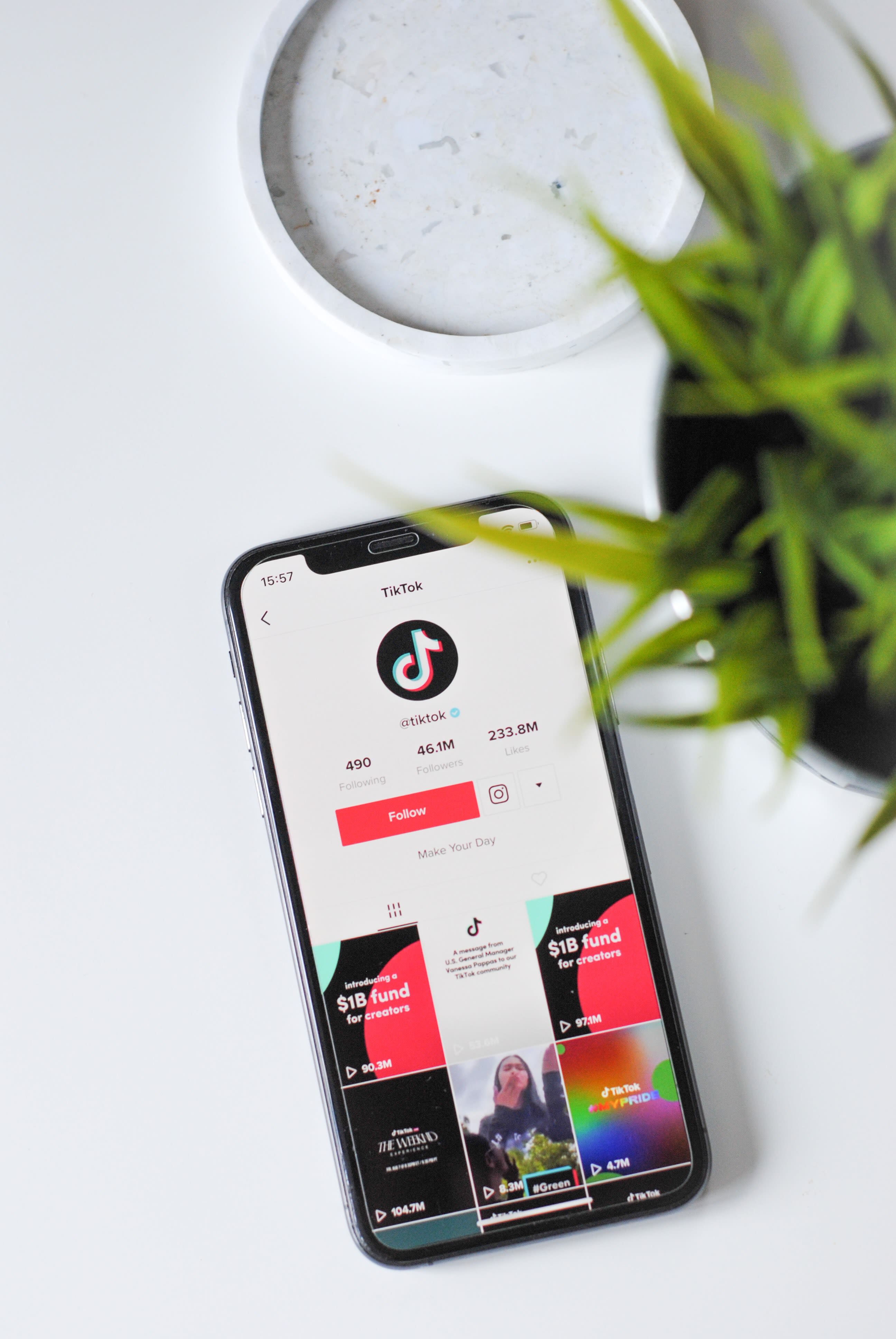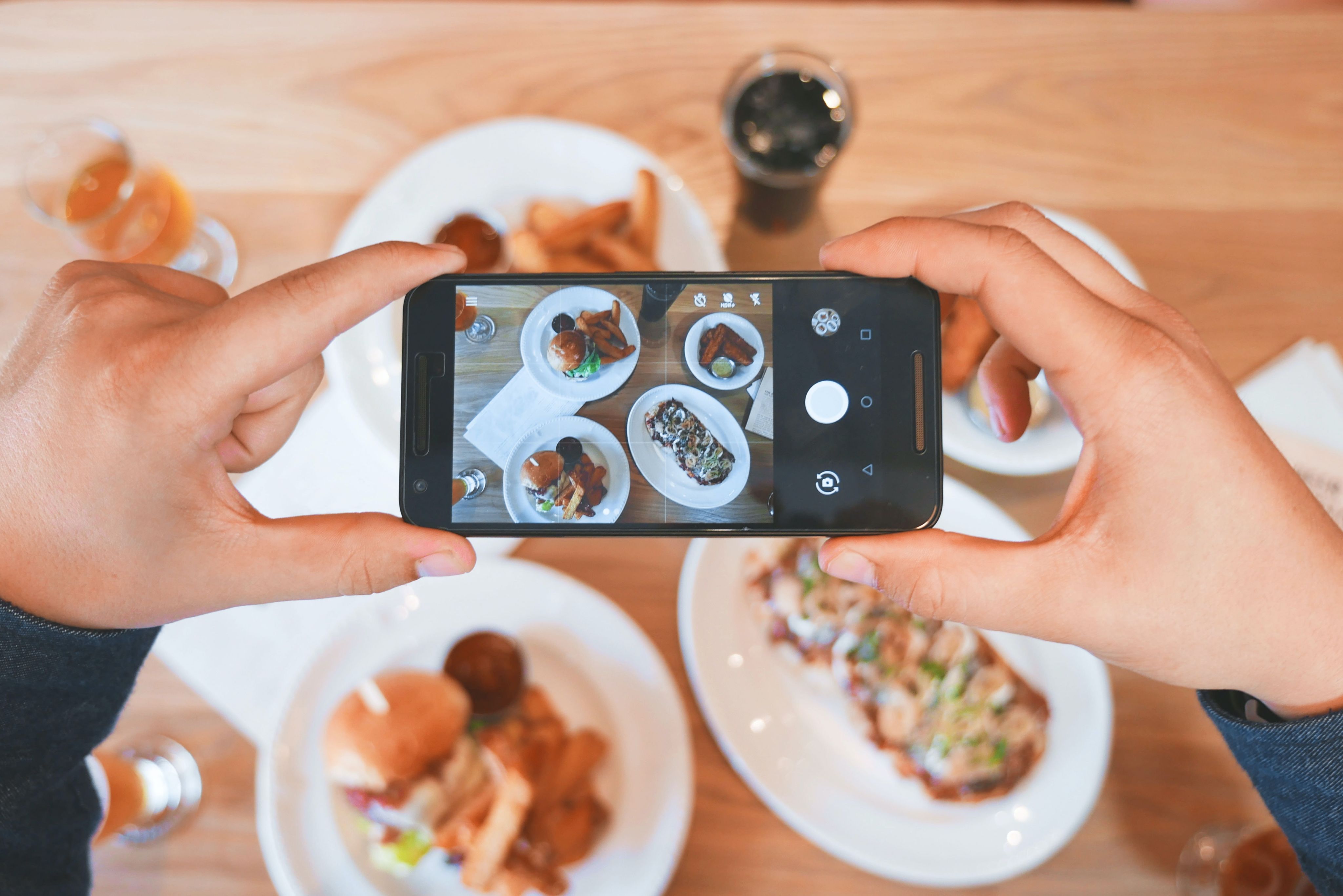The Problem with TikTok’s
“What I Eat in a Day” Trend

“What I eat in a day” videos on TikTok have gained popularity on the platform with the hashtag alone currently standing at a total of 9.8 billion views. However, as the trend continues to grow, some are concerned over how the trend could negatively impact viewers’ body images and eating habits.
The typical “What I eat in a day” video begins with a young woman, often thin, showing their body and then proceeding to show what they eat in a day. Food in these videos ranges from acai bowls and green juice to the “realistic” fast food and chips.
Sarah Dolan, a Ph.D. student at Hofstra University, says that although she understands the desire to participate in a trend like this, it can also make people fall into a trap of comparing themselves to others. Dolan studies clinical psychology and her research focuses broadly on eating disorders.
“I think that it sort of is similar to a lot of other things you see on social media and just in our culture, in general, where thinness is shown as the goal,” Dolan said. “A lot of times when people are exposed to only media that has really thin people, they feel like, ‘I should look like that too’ and it can be really hard when your body doesn't match that ideal.”




Photo courtesy of Brooke Lark - Unsplash
Photo courtesy of Brooke Lark - Unsplash

Photo courtesy of Katie Smith - Unsplash
Photo courtesy of Katie Smith - Unsplash

Photo courtesy of Christopher Williams - Unsplash
Photo courtesy of Christopher Williams - Unsplash
According to Dolan, the trend can also be harmful as it can present viewers with an unrealistic picture of what someone actually eats in a day.
“It might be like a lot of really expensive kind of healthy food that they don't have access to. It might be less food than their body needs,” she said. “Sending the message that everyone should eat like me can cause people to feel guilty or embarrassed about their totally normal eating habits.”
TikTok acknowledges this danger. Under the hashtag, TikTok has a disclaimer that reads, “At TikTok, while we value creative expression, our foremost priority is keeping users safe. If you or someone who know are experiencing concerns around body image, food, or exercise – it’s important that you know help is out there and that you are not alone. If helpful, you can confide in someone you trust.”
Below the disclaimer, TikTok also links the National Eating Disorders Association (NEDA) helpline and number for crisis support.

Photo courtesy of Unsplash
Photo courtesy of Unsplash
Why are "What I eat in a day"
videos so popular?

Some videos under this trend have upwards of half a million likes. These videos have been able to thrive on TikTok because of how people perceive the platform, experts say.
“TikTok’s videos are perceived to be more authentic. It feels like they are normal people like us,” said Li Huang, an assistant professor of marketing at Hofstra University. “They try to make it like they are people just like you and this is what I eat every day.”
Huang teaches courses on social media and has done extensive research on how social sharing influences consumer decisions. On top of TikTok’s perceived authenticity, Huang says that the trend’s simplicity has also helped these videos gain so much traction.
“If you want to engage your audience to participate in something, you should make this task very easy. [Viewers] also have a hope that their video will become popular like those people,” Huang said.
The “What I eat in a day” video now has been recreated countless times with different variations. Some videos are filled with healthy, home-cooked meals and some document food from special occasions.
Amanda Seth, a TikTok creator, has about 60,000 followers on the app and makes “What I eat in a day" videos. One of her most-liked videos has about 3.4 million views and shows her eating food from Asian cuisine like Vietnamese pho and Korean kimbap.
“I saw this girl do like a ‘What I eat as a fat Mexican girl’ and I was like, ‘I want to try that.’ I’m thicker than other Asian people and I eat a lot of food so I was just like, ‘Okay, let me make a video,’” Seth said.
Although there are some videos like Seth’s, ethnic foods are still very much underrepresented. The top videos of the trend are dominated by white women and therefore, their eating habits.
Photo courtesy of Robin Worrall - Unsplash

“I think that being able to see a wide range of those videos might be more helpful than just seeing like only one type of person. But overall, you know, I wonder if the ‘What I eat in a day’ videos are particularly helpful for anyone,” Dolan said.
According to Dolan, the best solution for those who are comparing themselves to the people in these videos is to curate your feeds so that you are shown content that makes you feel good.
“If you take the time to look for them, you can also find content creators who are making really really positive content that encourages people to accept themselves,” Dolan said. “I hope there is more of that in the future.”
